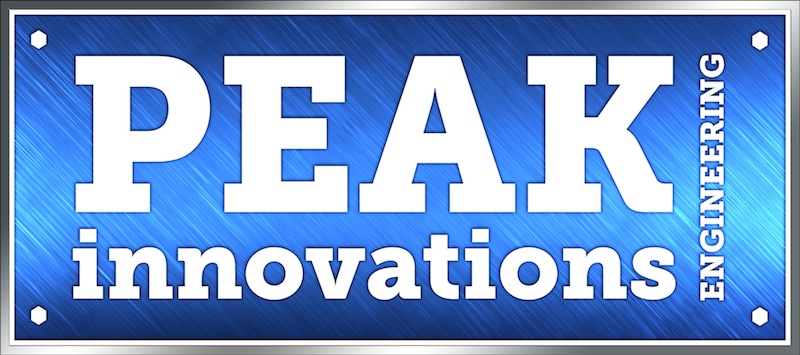There are various ways in which loads can be applied to bolted joints. Each type of loading or load combination can produce different effects on the connection. The main loads a joint may undergo are tensile and shear. The general information provided below is by no means comprehensive on this subject and only scratches the surface. At Peak innovations Engineering, we provide an array of bolt testing and analysis services to enable the proper bolt selection and bolted joint design.
Materials
Bolt material is chosen primarily based on the factors of strength, cost, corrosion resistance, environment, and temperature. For most applications, excluding aerospace, carbon, stainless, or alloy steel bolts are chosen. Generally speaking, if the environment is non-corrosive and the temperatures are low, the preferred material for bolts is low carbon steel because of its low cost and adequate performance.
Bolted Joint Design
Bolted joint design must be carefully performed when weight, strength, or lower safety factors are part of the requirements, or in cases where specific preload must be applied. The unique and complex nature of bolted joint design can make various methods of design, such as hand calculations and finite element models difficult to perform and build with the correct input variables. Fastener failures in the field can be prevented only through careful design that addresses the complex and unique nature of bolt and connection behavior in response to applied loads. While impossible to predict, this can be better understood through testing.
Designing Joints for Shear Transfer Through Friction
It is usually most beneficial to design a slip critical joint for a connection. With this type of joint, the bolts in the connection produce enough clamping force across the joint such that the shear through the joint is not transferred as direct shear through the bolt itself, but rather the member faces of the joint.
Bolts are designed to develop clamping forces between two or more components. This is why it is important to apply the correct amount of preload across a bolted joint. Proper preload is required to best withstand the tensile and shear loads experienced. Engineers must understand and regulate the loading conditions throughout structures, and joint design and assembly are key parts in this task.
Proper Fastener Preload
One of the most challenging engineering tasks is determining the correct torque and preload for a bolt or other types of fastener. This often involves performing several iterations of joint design, fastener selection, proposed fastener arrangement, and preload, until the right combination is found based on the possible loading conditions. This can only be determined through joint testing.
If you need testing and analysis for a proposed bolt and/or bolted connection design, our team at Peak innovations Engineering can help. To learn how, give us a call today at 815.847.7722 or use our contact form.

